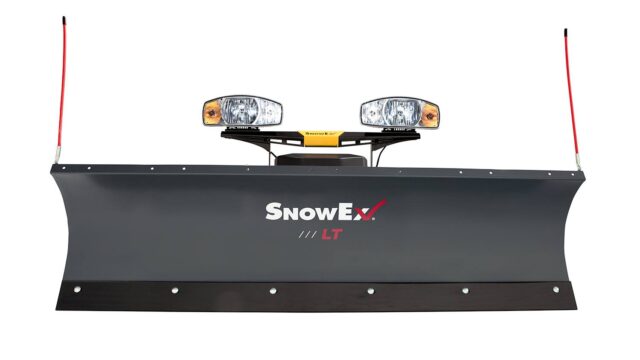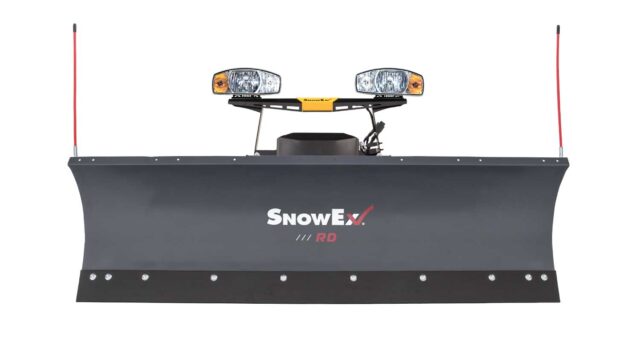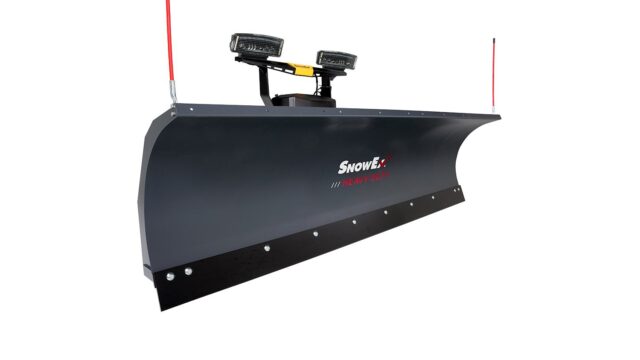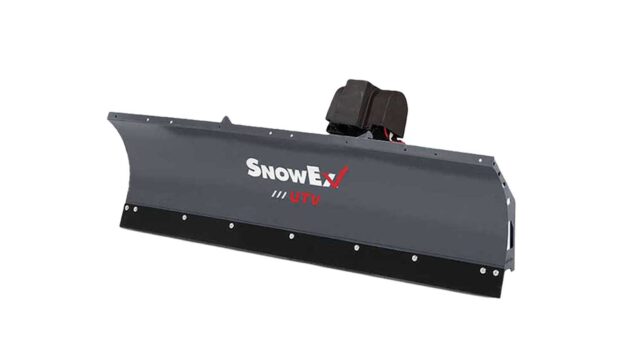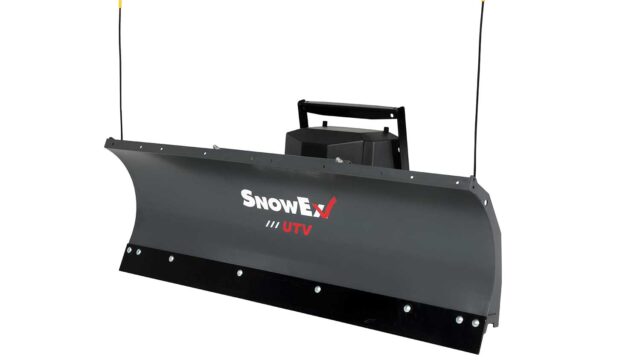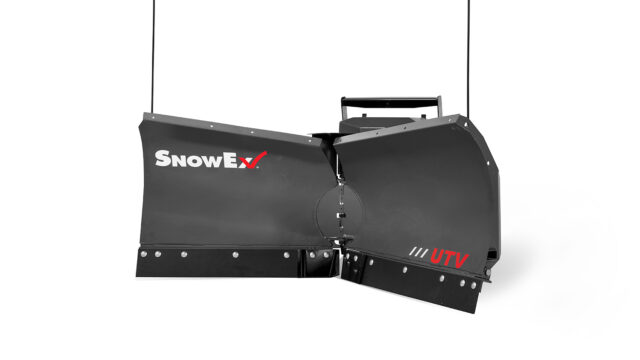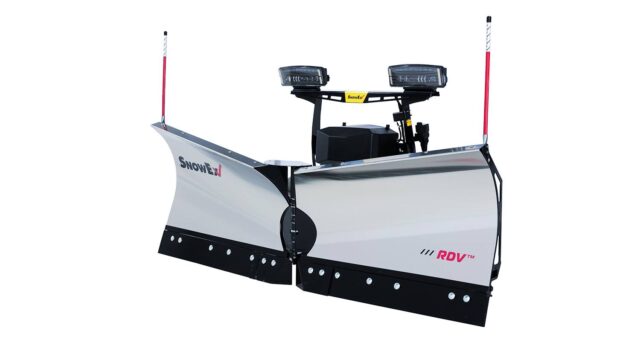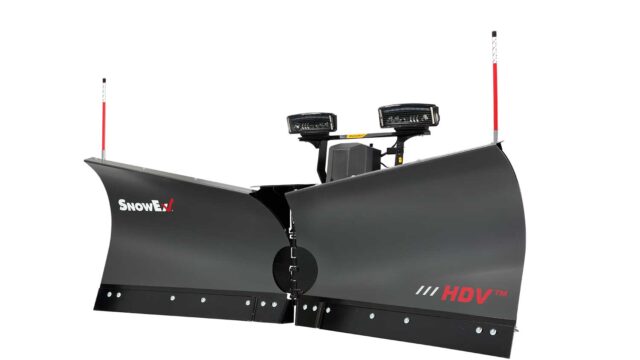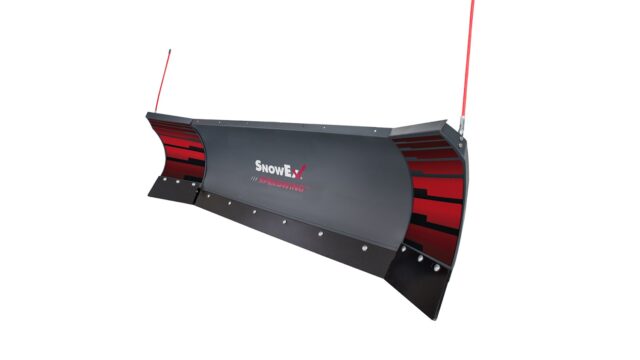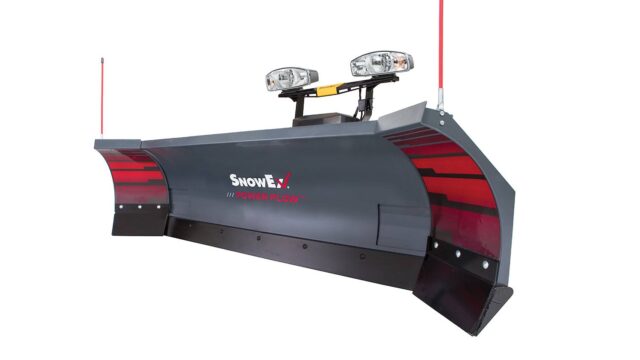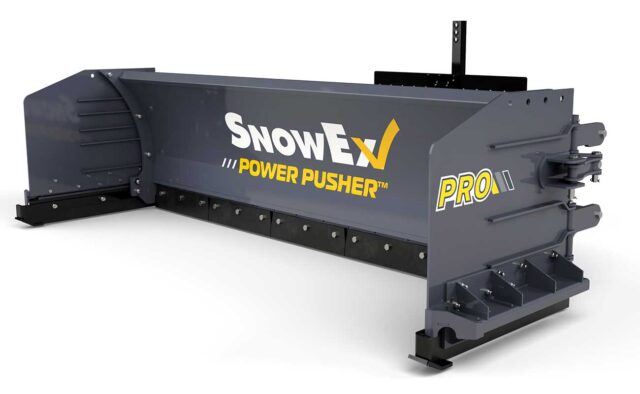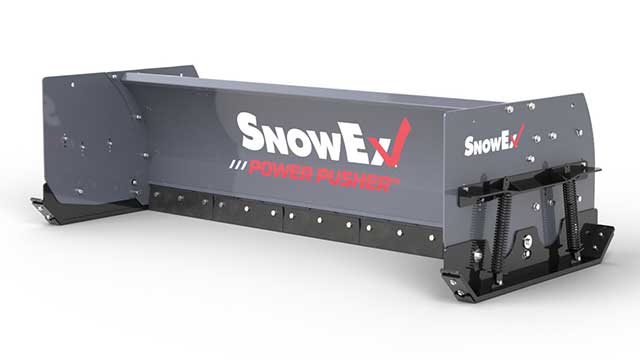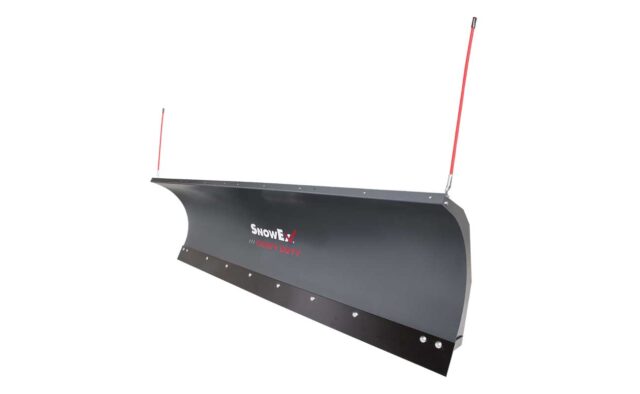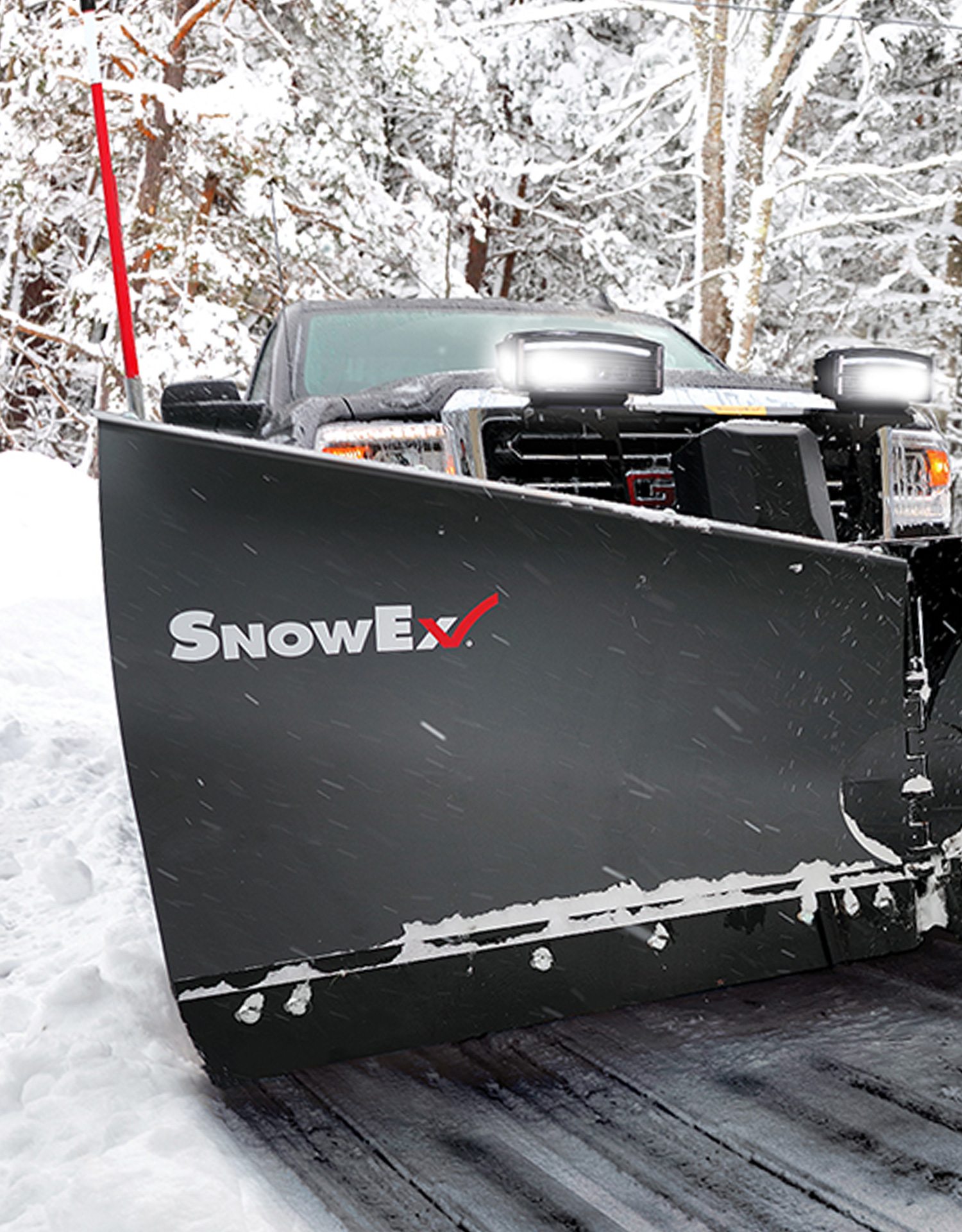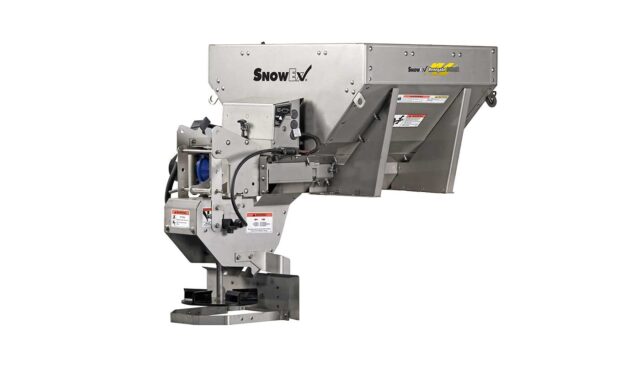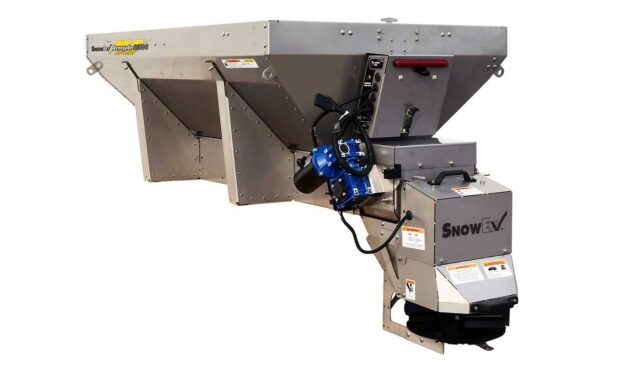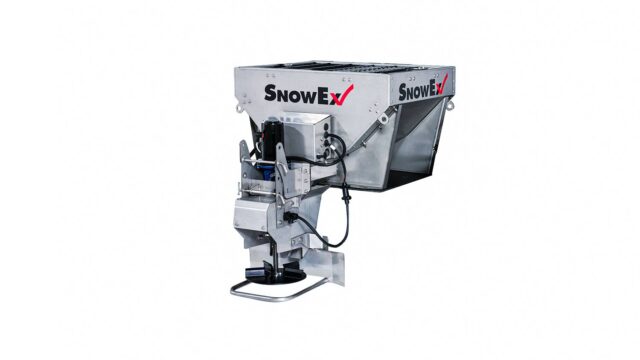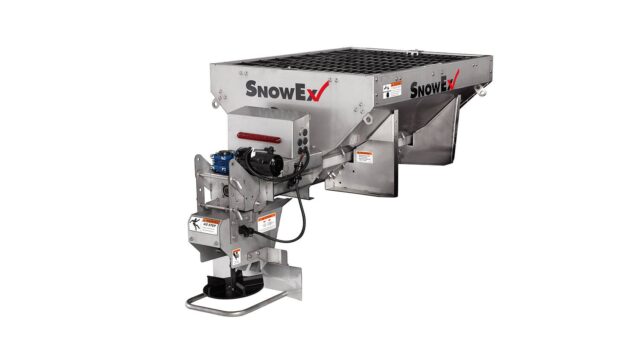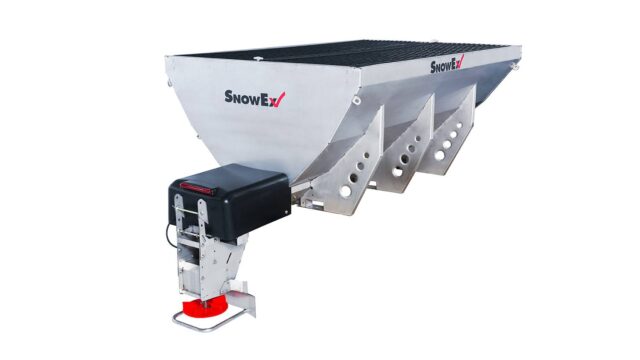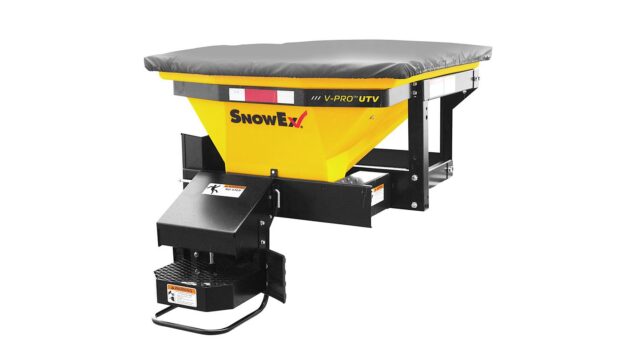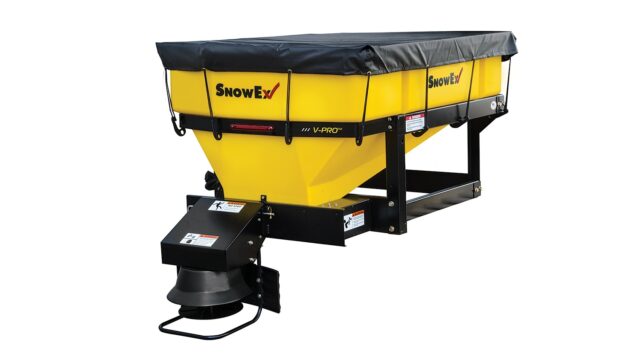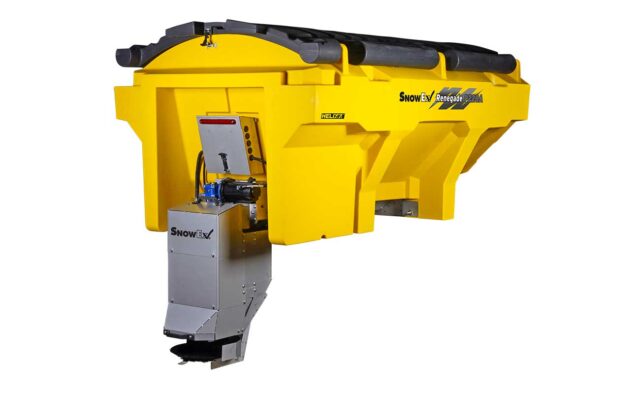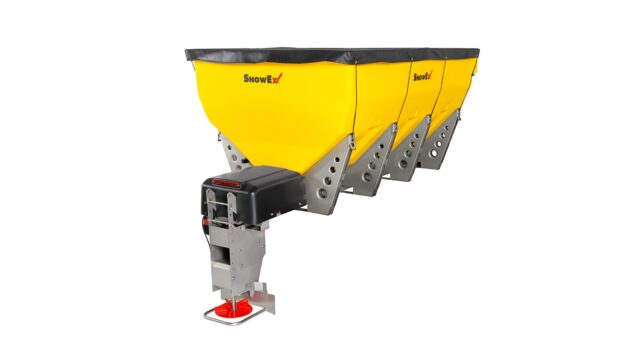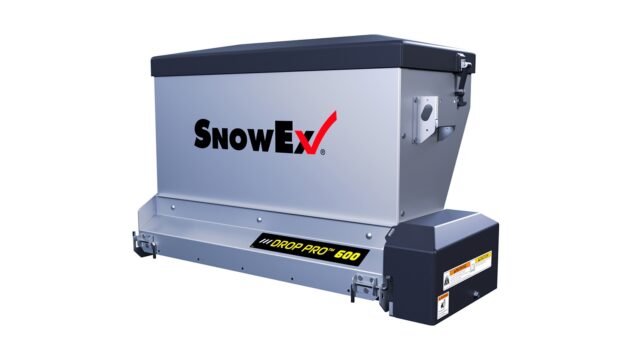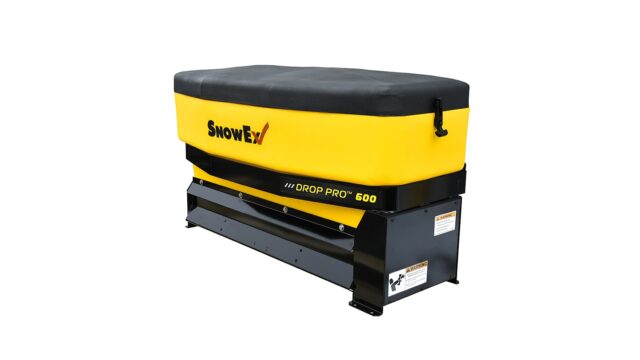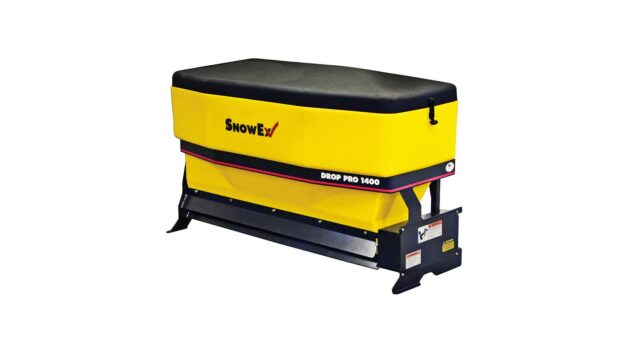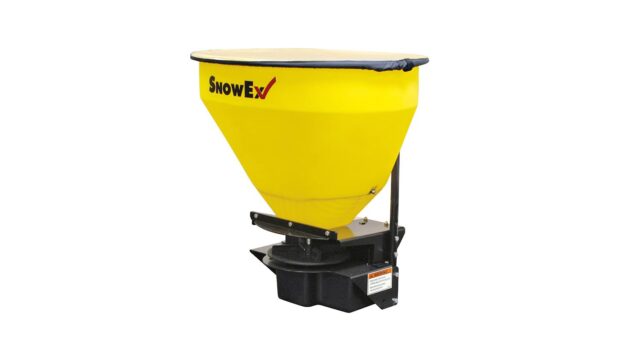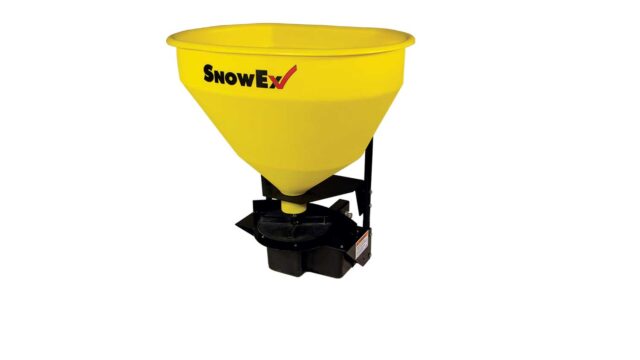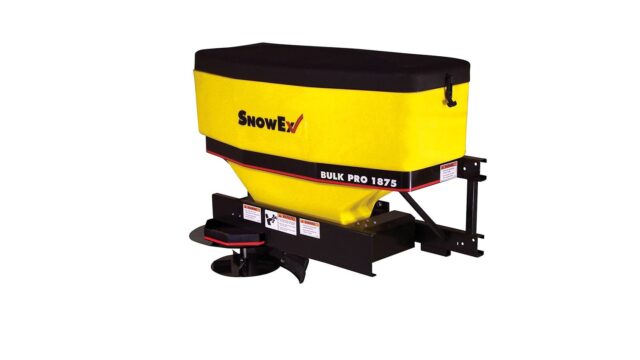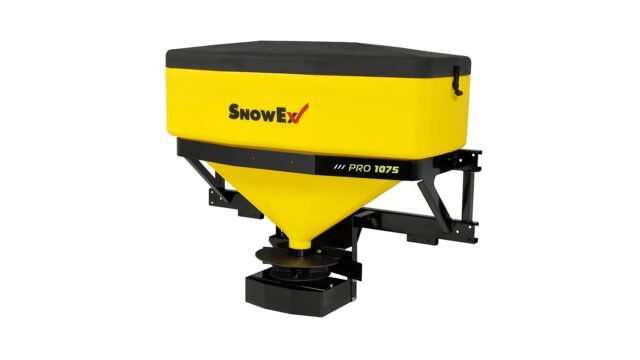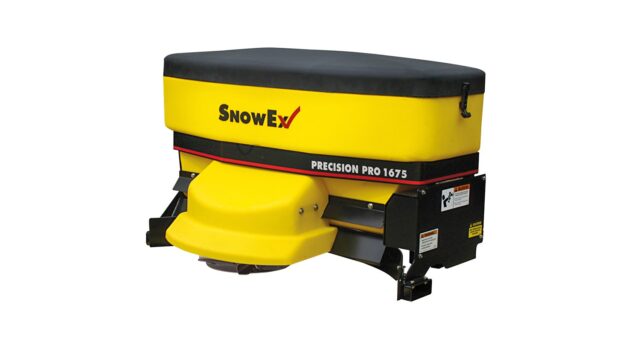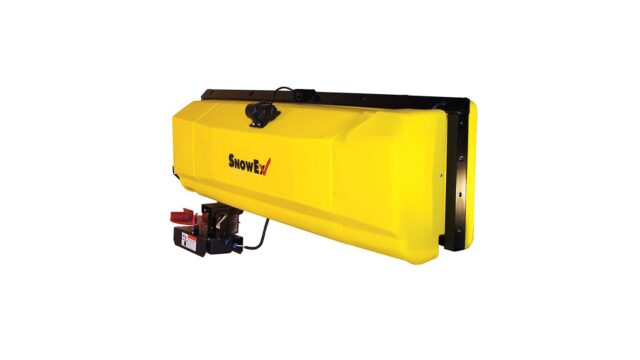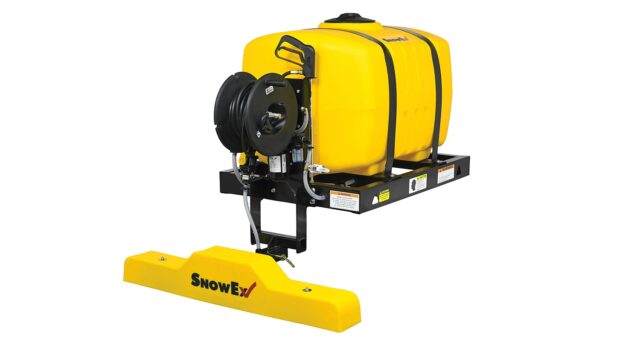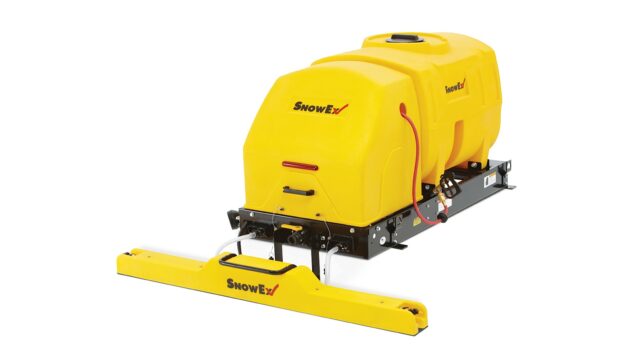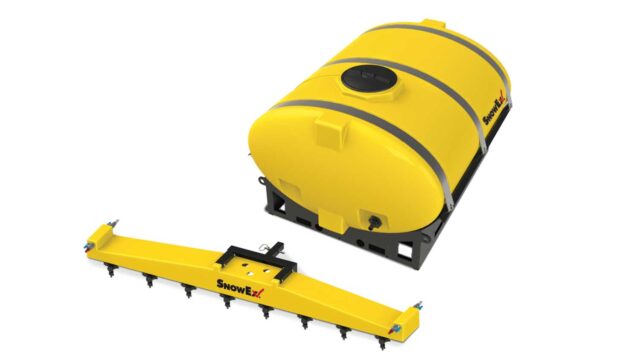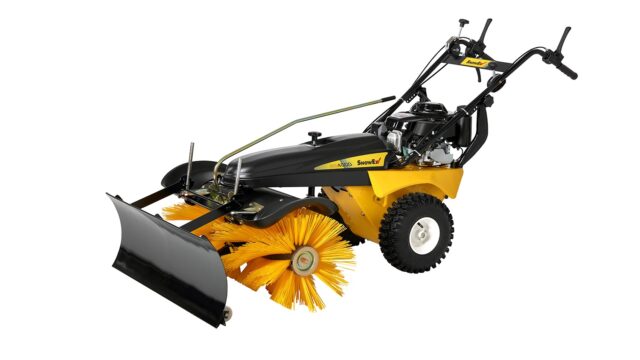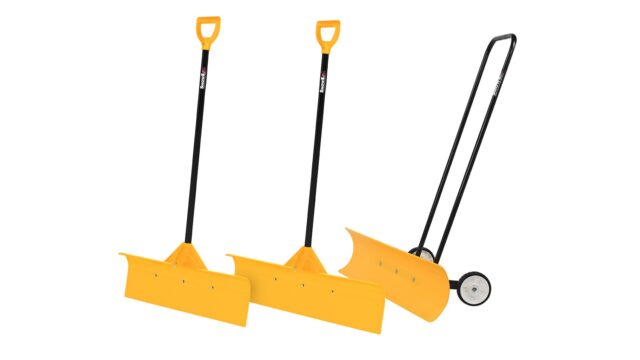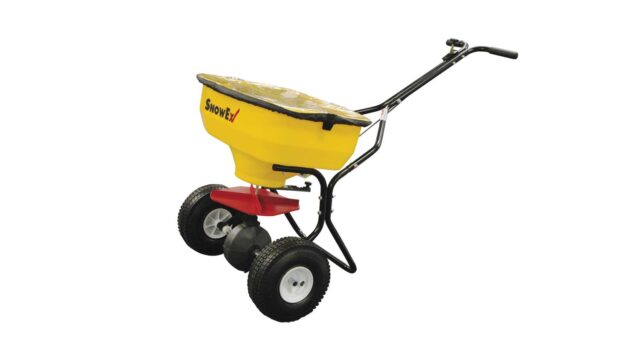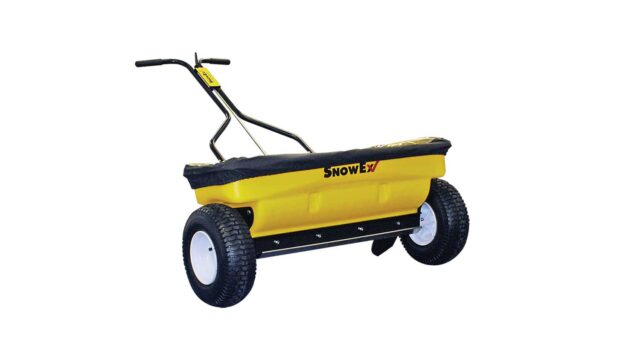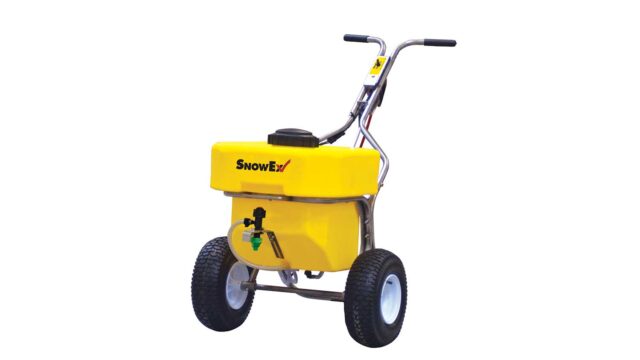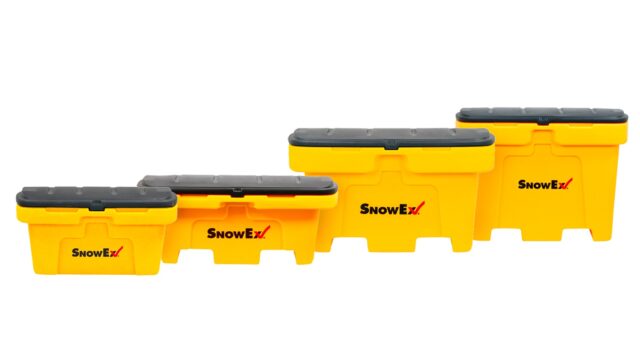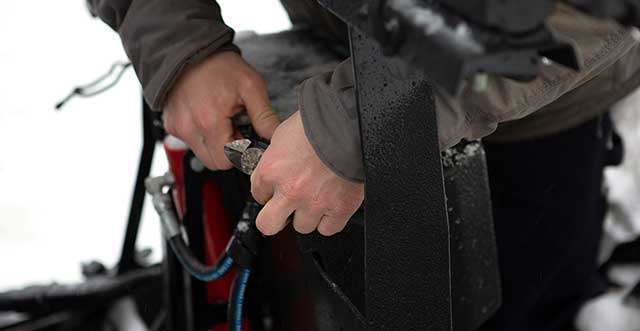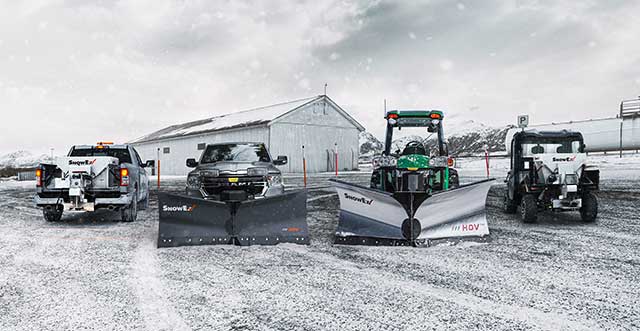Snow & Ice Control Terminology for Newbies
Created April 28, 2020
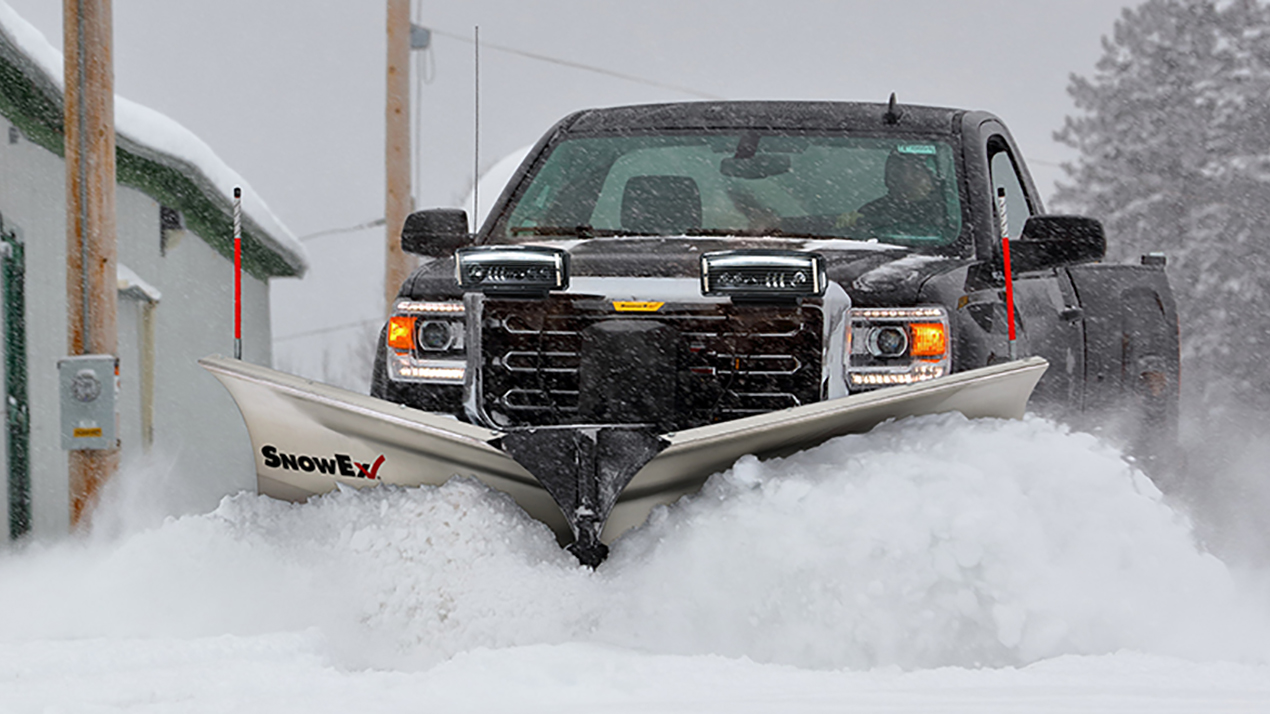
Communication is crucial to any business and learning insider “lingo” can be hard to determine when starting in a new industry. To help get you get up to speed so you can talk-the-talk; we created this quick guide that includes everything you need to know about snow and ice control.
Snowplow Equipment
- Attachment System: This is how you actually hook-up the plow to your vehicle, SnowEx® is known for their Automatixx® Attachment System.
- Blade Guides: Fluorescent sticks that are located on the edges of the plow to give the driver a better sense of their surroundings to avoid damage.
- Cutting Edges: This is the edge of the plow that touches the ground. They come in a variety of types including steel, rubber, poly and carbonate for different applications.
- Curb Guards: Wraps around the outer edge of the base angle to protect it from wear and tear.
- Controller: Controls the movement of the plow from inside the vehicle and is available in hand held or joystick options.
- Deflectors: Located on the top edge of the plow to reduce snow flying up onto the windshield that hinders visibility and instead allows the snow to roll, usually made of rubber or poly.
- Direct and Chain Lift: The direct lift system uses hydraulics to lift the plow and stack snow whereas the chain lift uses a chain to deliver a wide range of motion.
- Locking Cylinder: This is used for V-plows to keep the blade in a locked position while back dragging snow in reverse.
- Moldboard: This is the actual blade of the plow and comes in steel, stainless steel and poly. Some SnowEx models even include a flared moldboard that helps throw snow higher and further.
- Straight Blade: Single blade without hinges.
- Wiring Harness: Located in the engine compartment that uses wires and relays to carry electrical signals to operate the movement and lighting of the plow.
- Snow Catcher: Helps keep snow from spilling over the top of a v-plow or getting stuck in between blades.
- Shoes: These are attached to the bottom of the plow blade to raise it slightly and help it float over surfaces like gravel.
- Trip Blade: The entire moldboard of the plow trips when striking hidden obstacles to help protect the operator and the equipment.
- Trip Edge: Only the bottom edge of the plow trips when striking hidden obstacles to help protect the operator and the equipment.
- V-Plow: Consists of two independent wings that are hinged in the center and allow multiple configurations including scoop, V, angle and straight positions when locking the wings together.
- Winged Plow: A traditional straight blade with independent and retractable extended wings on the left and right sides to help move more snow in multiple configurations.
Spreader Equipment
- Auger: This is the feed system that moves material from the hopper down to the spinner. An Auger works well for dry, free-flowing materials like bulk salt and works at a slow but smooth rate for a uniformed spread pattern.
- Broadcast Spreader: Best for roads and highways when you want to spread salt/sand farther and at a faster rate to cover more ground in minimal time.
- Drop Spreader: A very precise and targeted application for sidewalks and driveways that drops material directly down with little spreading ability to avoid damaging grass and foliage.
- Inverted V: Baffle that attaches to the tub and reduces the material from clumping around the spreading mechanism.
- Liquid Brine: Brine is salt (sodium chloride) dissolved in water and then sprayed onto pavement prior to a snow or ice event as a proactive measure to avoid ice from bonding to the pavement.
- Top Screen: A screen that is placed on top of the hopper to ensure material is broken up before entering the hopper and potentially clogging it.
- Vibrator: Attaches to the cross member and vibrates to help maximize material flow.
Techniques
- Anti-Icing: A proactive approach using liquid brine to prevent ice from bonding to pavement.
- Back Dragging: Instead of pushing the snow forward to pile it, you place the plow blade in front of the snow and drag it backwards while going in reverse, ideal for driveways so you can get up close to garage doors.
- De-icing: A reactive ice control strategy, applying a de-icer, such as salt, on top of compact snow or ice.
- Pre-Wetting: This technique applies a liquid deicer to a granular deicer as it’s dispersed onto the pavement, accelerating melting performance.
- Scoop Position: Pushes the wings forward to carry more snow.
- Sweeping: Moving snow and ice with a broom, similar to the SS-4000.
- Windrowing: Angling the plow left or right and rolling snow in the angled direction with a full pass and minimal spill-off.
Although this list could be endless, these are the main snow and ice control terms that will help beginners feel more comfortable when talking about plowing techniques or equipment. For more insider information, click through additional reference articles or view our liquids training center.
